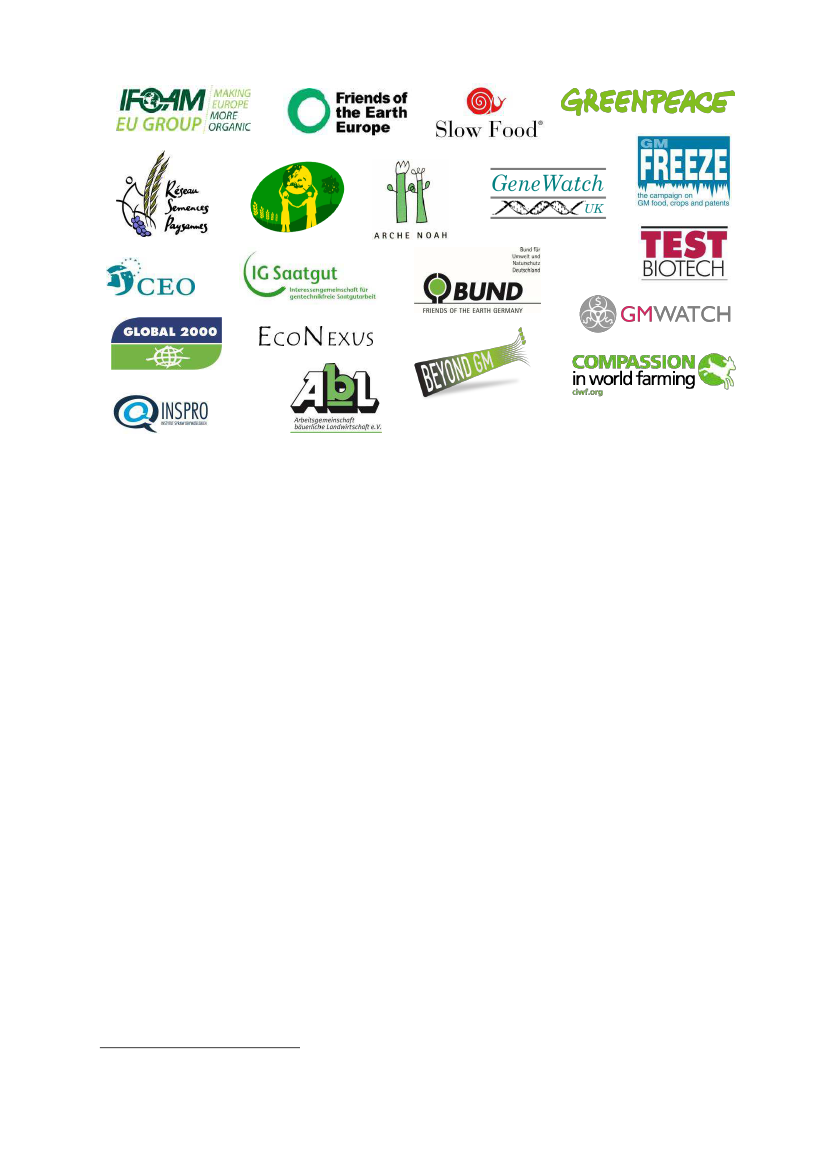
February 2017
New techniques of genetic engineering
Why EU GMO law must be fully applied to the so-called
New Plant Breeding Techniques
1
Biotechnology companies argue that genetically modified organisms (GMOs) that have been produced
through a range of new techniques should be excluded from the European Union s GMO regulations.
They want to apply these techniques to engineer plants and animals for use in industrial food, biomass
and biofuel production. This would mean that there is no risk assessment, labelling and monitoring of
GM organisms produced by the new techniques and their derived products.
The new GMOs present a real risk to the environment and human health. Legal analysis shows that
they are covered by EU GMO law. If they were to escape EU regulations, any potential negative
effects on food, feed or environmental safety would go unchecked. European consumers, farmers
and breeders would have no way to avoid GMOs.
The Commission and national governments of EU countries should leave no doubt that all products
of genetic engineering are subject to EU GMO law which requires rigorous risk assessment,
detectability and labelling.
The biotechnology industry and the European Commission use the term New Plant Breeding
Techniques to refer to a diverse set of genetic engineering techniques:
1
Which techniques are we talking about?
Gene-editing techniques including zinc finger nucleases (ZFN), TALENs, CRISPR/Cas,
meganucleases and oligonucleotide-directed mutagenesis (ODM)
Cisgenesis and intragenesis
RNA-dependent DNA methylation (RdDM)
Agro-infiltration
Reverse breeding
Grafting on a GMO rootstock
1
This statement was published in March 2016 and updated in February 2017.
1